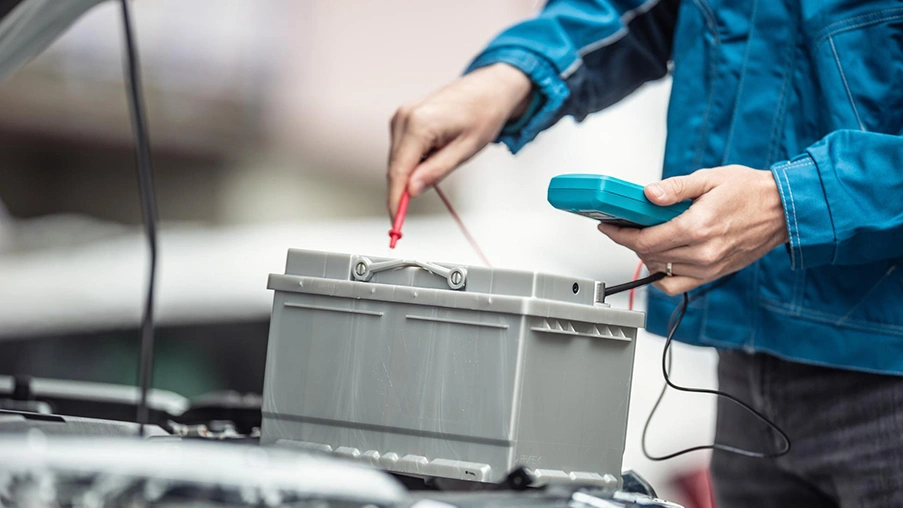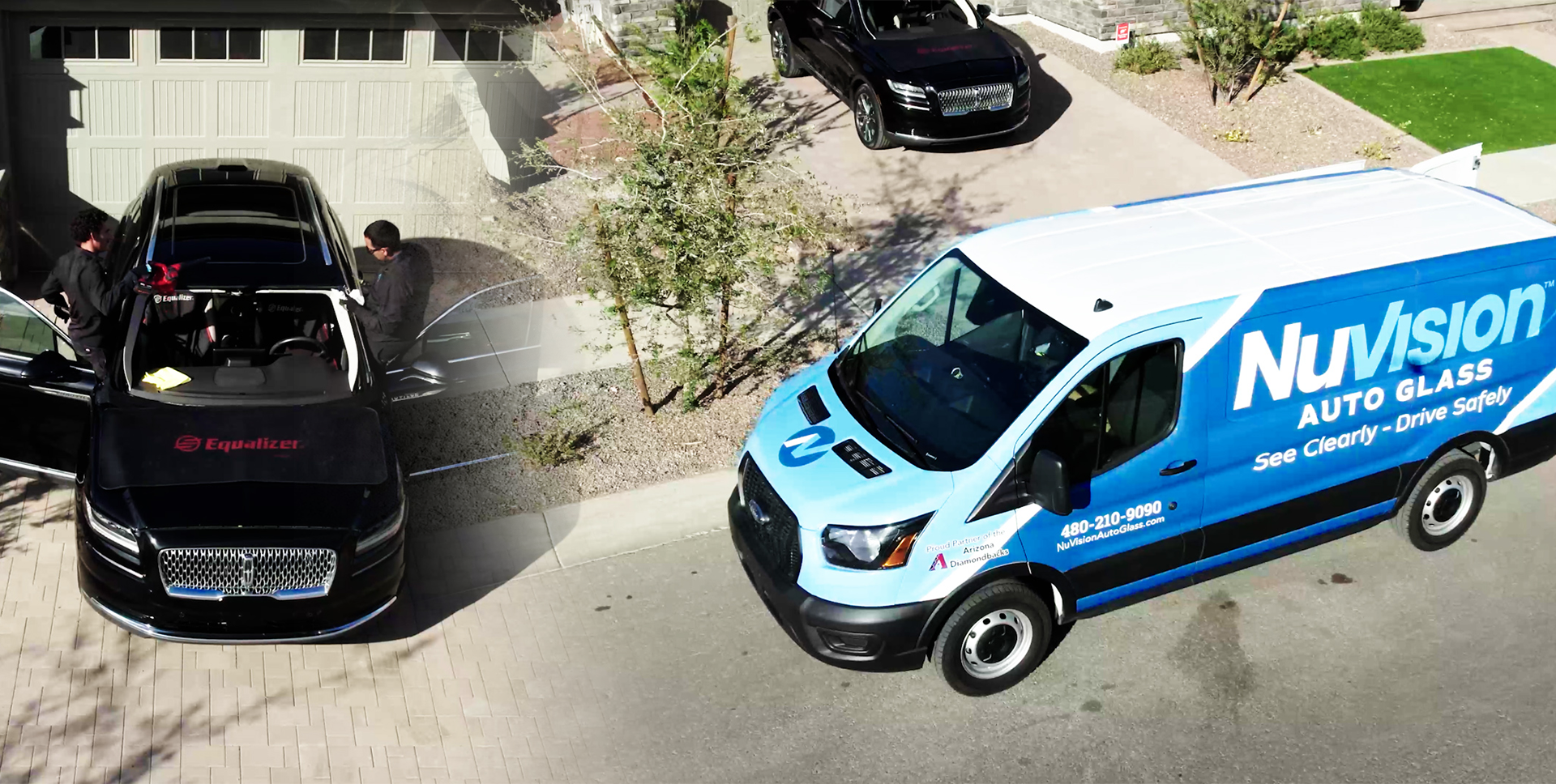What Happens If Your Battery Dies While Driving

If your car battery dies while driving, it can lead to sudden power loss, disabling critical systems like steering, brakes, and lighting. This guide is for vehicle owners and drivers who want to understand what to do during a battery failure on the road, how to prevent it, and when to seek professional help.
Whether you drive a gas-powered car, hybrid, or EV, this article answers common questions like:
-
What are the warning signs of a dying battery?
-
What happens if your battery dies mid-drive?
-
What steps should you take if your car stalls due to battery failure?
-
How can you avoid battery-related breakdowns?
Why a Healthy Car Battery Matters
Your car battery powers essential systems including:
-
Ignition and starter motor
-
Electronic fuel injection
-
Headlights, dashboard instruments, and infotainment
-
Advanced Driver Assistance Systems (ADAS)
If the battery dies while you’re driving, you could lose power to these systems, creating serious safety risks.
Signs Your Car Battery Is About to Fail
Recognizing the early signs of a weak battery can help prevent breakdowns:
-
Dim headlights or flickering dashboard lights
Reduced electrical output can affect nighttime visibility and key displays. -
Slow engine crank or clicking sounds
This often signals that the battery lacks the power needed to start or sustain engine performance. -
Electrical accessories not working
Power windows, radio, AC, or infotainment systems may stop responding. -
Frequent need for jump-starts
If your battery can’t hold a charge for long, it’s time to test or replace it. -
Battery or check engine warning light
These dashboard indicators often come on when the battery or alternator is failing.
What Happens If Your Battery Dies While Driving?
When a car battery dies during a drive, it may cause one or more of the following issues:
-
Loss of power steering
Modern vehicles use electric power steering. If power is lost, steering becomes heavy and difficult. -
Reduced braking performance
Electronic brake assist can stop functioning, requiring more pressure and increasing stopping distance. -
Engine stalling
If the alternator can’t maintain power, the engine may shut off entirely, especially in newer cars reliant on electronics. -
Headlights and signals fail
Driving at night without lights puts you and others at risk. -
No dashboard or instrument display
You may lose access to speed, fuel, and warning indicators. -
ADAS system shutdown
Features like lane assist, collision detection, and automatic emergency braking may become inactive.
What to Do If Your Car Battery Dies While Driving
If your car battery dies mid-drive, follow these steps to stay safe:
-
Stay calm and turn on hazard lights
Signal to other drivers that your car is in distress. -
Shift to neutral and steer to a safe location
Coast to the shoulder or a nearby parking lot. -
Try to restart the vehicle
Manual cars may be push-started. Automatics will likely require a jump-start. -
Check for hybrid backup power
Some hybrid vehicles offer limited auxiliary battery function to keep essential systems active. -
Call for roadside assistance
If you’re unable to restart, contact a professional. If the situation caused a collision or glass damage, request mobile windshield or window repair.
Preventing Battery Failure While Driving
Use these preventive maintenance tips to avoid dead batteries on the road:
-
Inspect your battery regularly
Check voltage at least every few months. A reading below 12.4 volts indicates a weakening battery. -
Clean battery terminals
Corrosion can block power flow. Use a baking soda and water solution to keep terminals clean. -
Limit accessory use when idling
AC, lights, or stereo systems draw power. Turn them off when parked or idling. -
Drive your vehicle regularly
Infrequent use can cause battery drain. Start your car every few days and run it for at least 15 minutes. -
Replace aging batteries
Most car batteries last 3 to 5 years. Replace them proactively to avoid sudden failure. -
Check ADAS calibration after repairs
Electrical interruptions may affect vehicle safety systems. Calibration ensures lane assist, adaptive cruise control, and other ADAS features work properly after a battery issue.
When to Contact a Professional
If your vehicle experiences electrical issues, you may need expert diagnostics and repair. For example:
-
A dead battery caused by alternator problems
-
Battery failure leading to ADAS or sensor malfunctions
-
Broken or cracked glass due to roadside accidents during a battery failure
NuVision Auto Glass offers expert assistance for:
-
Windshield repair and replacement
-
ADAS recalibration services
-
Same-day mobile service at your home or office
Serving Arizona, Florida, and South Carolina, NuVision helps drivers get back on the road safely. Arizona customers may qualify for up to $375 cashback with insurance.
Final Thoughts
A car battery dying while driving can leave you vulnerable on the road. Early warning signs, regular maintenance, and preparedness can help you avoid this situation. If your vehicle stalls or suffers damage during a battery failure, contact NuVision Auto Glass for fast, mobile service you can trust.
FAQs
1. What happens if your battery dies while driving?
Your vehicle may lose steering, braking assist, and all electrical power. Safely steer to a stop, turn on your hazard lights, and call for assistance.
2. Can a dead battery cause a car to shut off while driving?
Yes. Without enough electrical power from the battery and alternator, modern vehicles can stall unexpectedly.
3. How long should I drive to recharge a weak battery?
Driving at highway speeds for 20–30 minutes usually recharges a healthy battery. Severely depleted or damaged batteries may require replacement.

